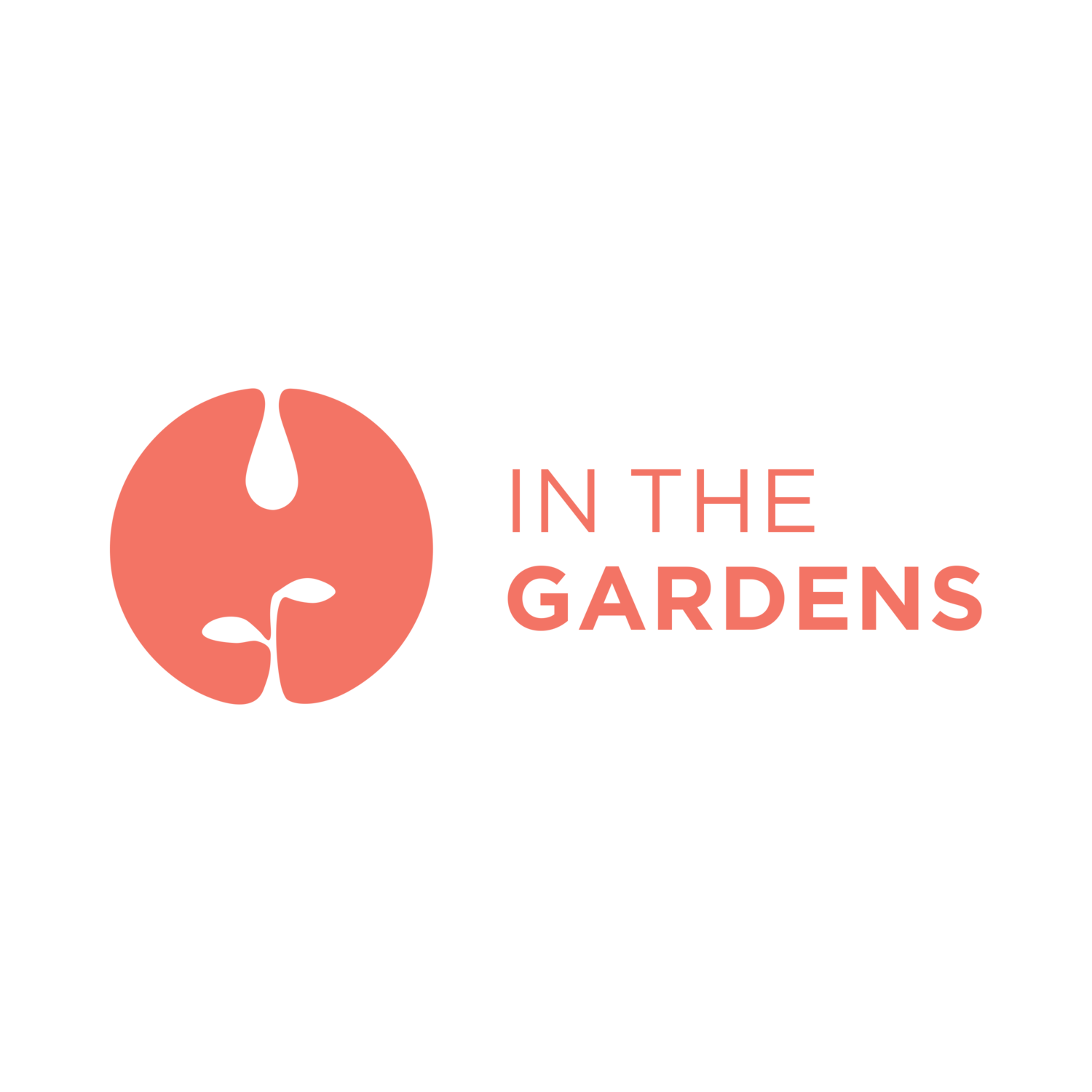Spring and the Transformative Possibility of Horseradish
Spring brings many thoughts and feelings: sunshine, the yellow pop of daffodils, a day here and there that is warm enough to play outside. For me it evokes all of these, as well as the recognition that it is time to plant the garden.
This year we got our cold-loving greens in the ground early: baby lettuces, spinach, kale and collards of several varieties, cress and arugula, and my personal favorite – sugar snap peas. We planted on March 19, and due to the cold since then, these babies are just punching out of the ground. They show promise, but it will be a while. And with tonight’s forecast of snow, they are now covered in their blanket of plastic; a cold frame that will hopefully tide them over until this weekend with its forecast of 70-degree days and 50-degree nights.
There is another image that this season evokes, and that is one that is connected to the Jewish tradition’s upcoming holiday of liberation – Passover. Celebrated next week, it is full of symbols of spring, in both flora and fauna. The parsley we eat is one such symbol, as is the egg – the recognition of cycles, but also the acknowledgement that spring is a time of resurgence, a time to start again.
The deepest meaning of the holiday, however, is the transition from enslavement to freedom, one that is identifiable to any individual, group or culture. It is a concept that transcends faith to be universal. In the Passover ritual meal, the symbol of slavery’s bitterness is expressed through a bitter green: horseradish.
When I lived in Santa Barbara I had befriended an organic farmer who grew this root. She told me that the time to dig it up is in the fall, at the end of the growing season. Yet for me, and eventually for others, she would wander into her patch and dig out the roots so we could have freshly dug horseradish on our seder plate and for our meals. I never forgot that kindness.
This year, as well as last, I have continued that tradition. On Sunday we dug up a few pounds of horseradish root to offer to friends and family for their celebration of the path from slavery to freedom.
Yet as I write this I am all too aware that slavery exists in so many forms and for so many millions of people today, in our city, in our country and throughout the world. May we see the horseradish as a food of transformation – to help us acknowledge where we feel bitterly enchained, and perhaps more so – to see where we may place chains on others. May it be a tool to help us look inside to the ideas and judgments that are obvious, and even deeper to those beliefs we may operate from that seem to be hidden even from our own awareness. In so doing, the symbol of the horseradish can transcend the bitterness of its root and be appreciated for the greens it sprouts and the flowers it blooms, the birds and bees that it feeds and the beauty it provides. May this season of spring bring us a true experience of liberation.
Vote for a greener, healthier community!
We’ve applied for a chance to receive a grant from Seeds of Change® and need your help.Visit bit.ly/ITGvote2017, which will take you right to our In the Gardens page, and press “VOTE”! We ask the community to vote for us at: bit.ly/ITGvote2017
Please visit and click “Vote” daily
from March 30 to April 19.
Rabbi Robin Damsky
Founder and Executive Director of In the Gardens





